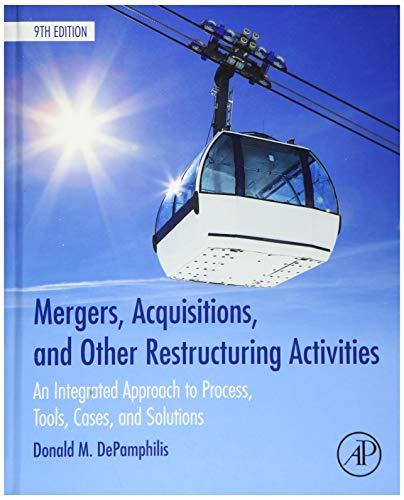No successful business strategy can remain static. Significant and sustained changes in a firms external environment will
Question:
No successful business strategy can remain static. Significant and sustained changes in a firm’s external environment will ensure that efforts to “stay the course” will result eventually in business failure. The US cable industry is a prime example of how changing technologies are making obsolete the industry’s traditional business model of monthly subscriptions to access “bundles” of channels. This model worked for decades, but now cable customers can “cut the cord” and move to online video.
Online video content usage has exploded in popularity at the expense of TV viewing. At the end of 2015, ratings company Nielsen reported TV viewing fell by 8% from year-earlier levels while online streaming-to-TV surged by more than 50% during the same period. Traditional TV content is now available on an ever-widening array of video services such as Netflix, Hulu, and YouTube.
Once having established accounts with these channels, a user is able to stream to their television content on Netflix, Amazon Instant Video, Hulu Plus, HBO Go, Pandora, etc., through products such as Roku. The Roku feed puts choice and control in the consumer’s hands. How? By providing access to a wide variety of online content enabling users to pay only for what they want to watch rather than being forced to pay for bundles of channels and content from traditional cable companies that they often do not want. Reflecting what consumers see as excessive pricing, limited choice, and deteriorating customer service, the move away from traditional cable TV subscriptions is accelerating.
In response, the cable industry is rushing to shift from the traditional business model to one in which they become internet and video service providers.
While going online doesn’t mean free, since streaming service still costs money, the cost to the consumer often is lower than monthly cable subscriptions and online streaming enables users to pay only for what they actually want. At the time of this writing, Hulu runs \($8\) per month, Netflix is \($9\) per month, and Amazon is \($99\) per year. The new HBO Now costs \($15\) per month, and Sling TV—which has an assortment of “cable” channels, including AMC and ESPN—starts at \($20\) per month. In addition, some shows are not part of unlimited streaming plans, requiring you to pay for individual episodes or seasons.
Making money as a content distributor (e.g., cable companies) or as a content provider (e.g., TV networks) was always a numbers game. The traditional cable business model has stood largely intact for more than 30 years. Cable companies represented an alternative gateway to a wide variety of TV network content. Cable companies made money by covering their fixed network costs.......
Discussion Questions:
1. Using the motives for M&As described in this chapter, which do you think apply to Charter’s acquisition of Time Warner Cable? Discuss the logic underlying each motive you identify. Be specific.
2. What are the key implicit assumptions underlying Charter’s bid to take over Time Warner Cable? Do you believe these assumptions were realistic? Why/why not?
3. Speculate as to why Charter offered Time Warner Cable a choice of various combinations of stock and cash. How might the composition of the offer price affect its attractiveness to TWC shareholders? Be specific.
4. Charter’s share price declined by 2.5% while Time Warner’s share price jumped by 7.3%, about one-half of the offer price premium. Speculate as to why the stock prices of the two firms acted as they did immediately following the announcement of an agreement between the two firms to merge.
5. What factors contributed to cable industry consolidation? Be specific. Explain how each factor identified impacted industry competitors.
Step by Step Answer:

Mergers Acquisitions And Other Restructuring Activities
ISBN: 9780128016091
9th Edition
Authors: Donald DePamphilis





